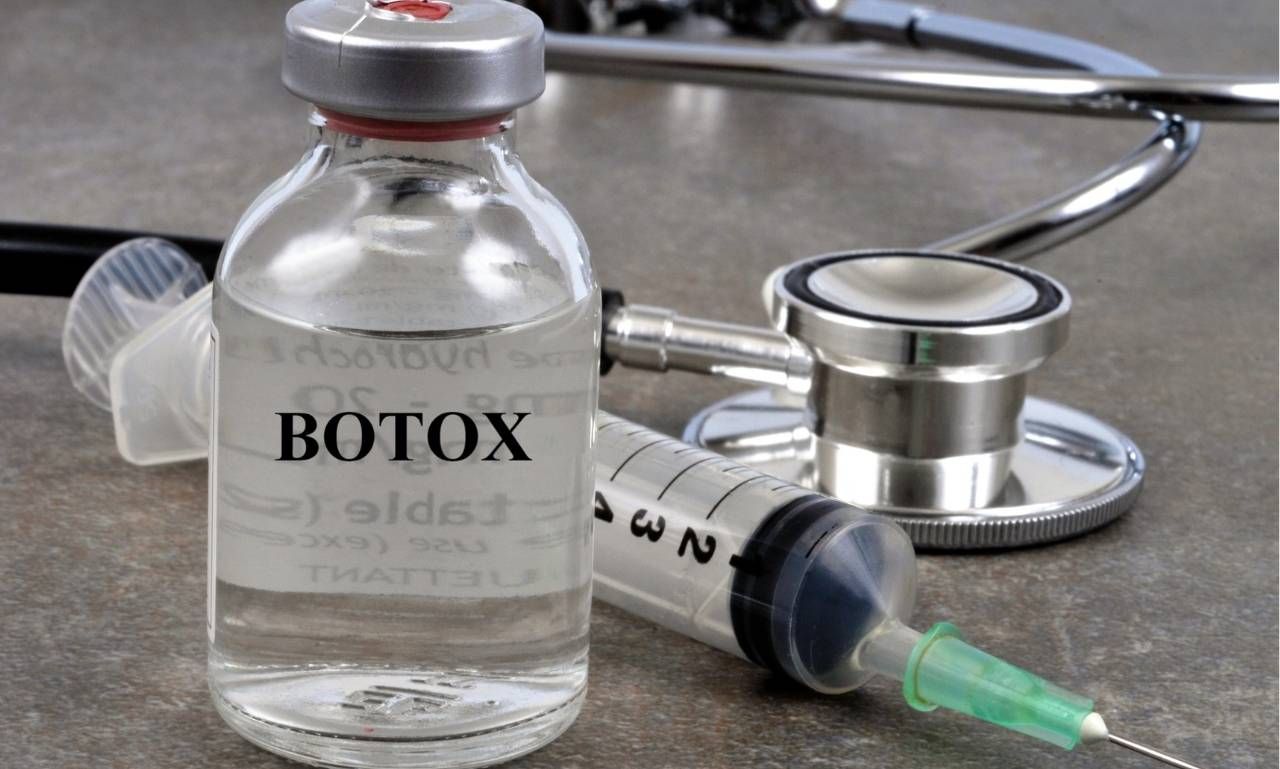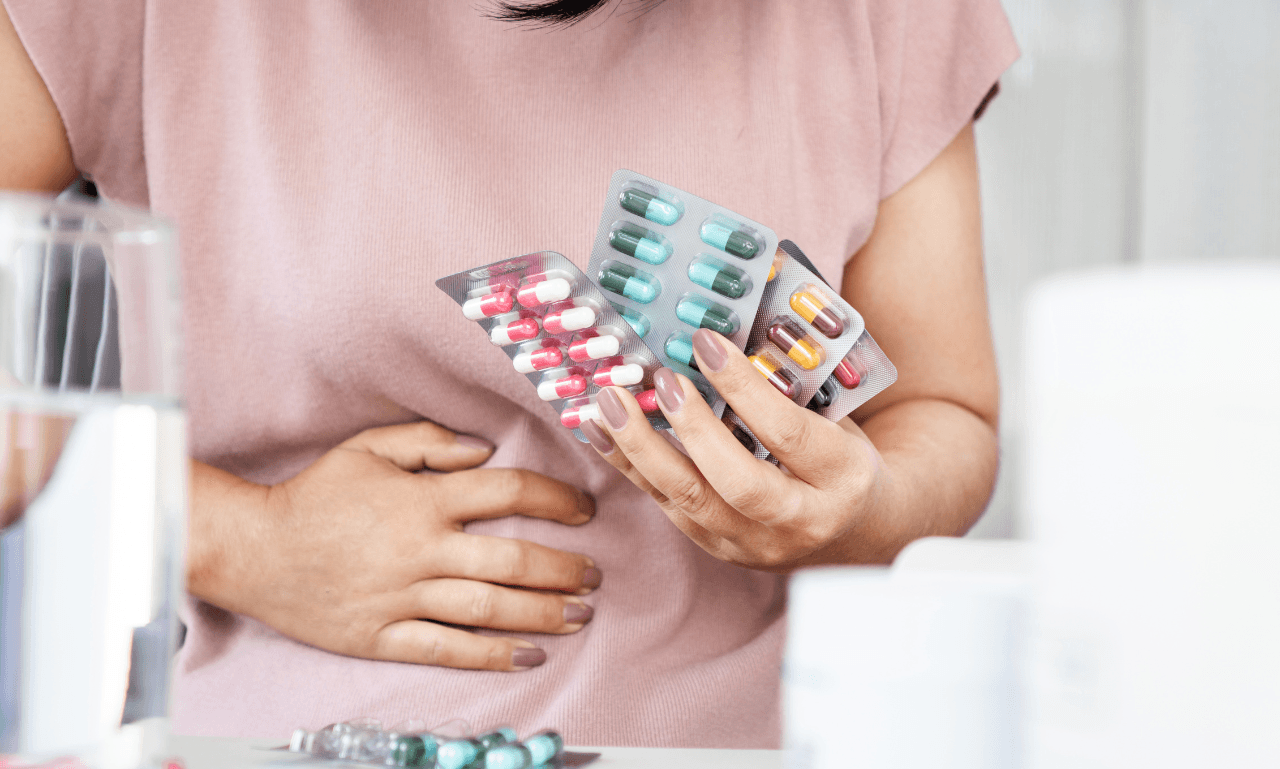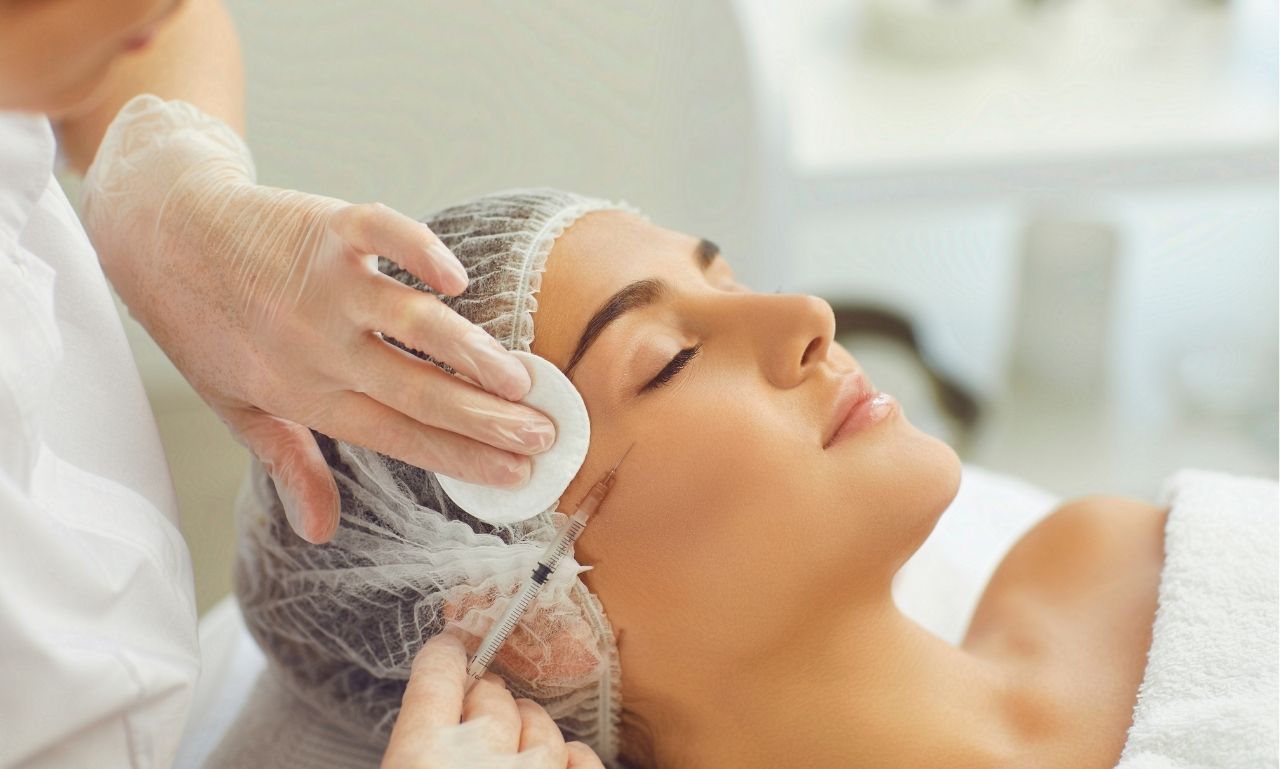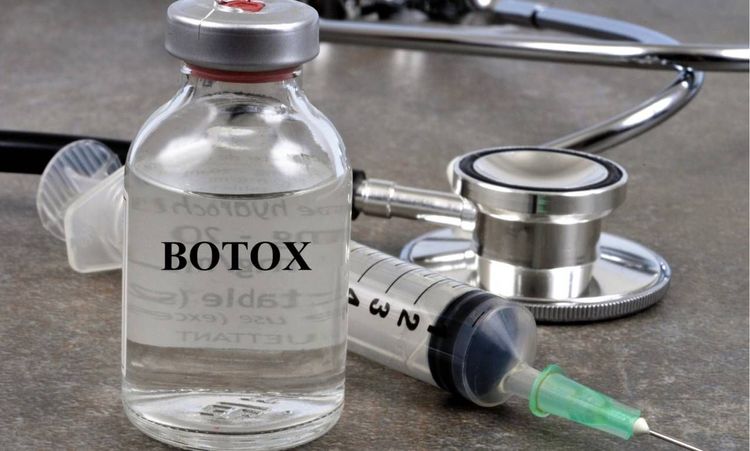Thinking about getting BOTOX but currently taking antibiotics? This is a common concern among patients seeking treatment.
Botox is a widely known treatment that offers both medical and cosmetic benefits. It helps with facial wrinkles, muscle spasms, and excessive sweating. However, a common question arises: can you safely get Botox while taking antibiotics? Your safety matters when combining any treatments. Let's explore everything you need to know about BOTOX and antibiotics.
What is Botox used for?

Medical Uses of Botox
Botox has several medical applications that have been approved by healthcare professionals. These include:
- Chronic migraines: Botox reduces the frequency and severity of migraines.
- Overactive bladder: It helps manage urinary incontinence caused by overactive bladder muscles.
- Cervical dystonia causes involuntary neck muscle contractions, and Botox can help relax these muscles.
- Excessive sweating (hyperhidrosis): Botox limits sweat production in areas like the underarms.
- Muscle stiffness or spasms: It is often used to relieve stiffness in the arms, legs, or other body parts.
Cosmetic Uses of Botox
Botox reduces the appearance of wrinkles and fine lines by temporarily paralysing the facial muscles responsible for them. Some of the most common areas treated include:
- Frown lines: The vertical lines between the eyebrows.
- Forehead wrinkles: Horizontal lines that form on the forehead.
- Crow's feet: Wrinkles at the outer corners of the eyes.
- Bunny lines: Lines on the sides of the nose.
- Vertical lip lines: Fine lines around the mouth area.
When to avoid Botox
Having had an allergic reaction to Botox or any of its ingredients
Previous allergic reactions indicate potential serious risks, so healthcare providers need detailed information about past reactions. This knowledge helps them evaluate your suitability for treatment. Common allergic symptoms include rashes, itching, and breathing difficulties. Some patients might experience swelling around injection sites.
Your medical history helps determine safe treatment options. Providers may suggest alternative treatments if you've had reactions before. Documentation of previous reactions guides future treatment decisions. This information becomes part of your permanent medical record.
Having an infection in the area of injection
Active infections create significant risks during any injection procedure. The needle could spread the infection to deeper tissue layers. Your provider will carefully examine all planned injection sites, looking for signs of infection such as redness, swelling, or warmth.
Skin conditions need to clear entirely before treatment. This waiting period ensures optimal safety and results. Some infections might not show visible symptoms initially. Inform your provider about any recent illnesses or skin problems. Treatment must wait until all infections are fully resolved. This precaution prevents potential complications and ensures better outcomes.
Having a urinary tract infection or urinary retention
UTIs require special attention before BOTOX treatment. The combination could affect your body's healing response. BOTOX can sometimes influence bladder function temporarily. Adding antibiotics might complicate your body's response to both treatments.
Your healthcare provider needs information about any urinary issues. This knowledge helps prevent potential treatment complications. Some patients might need to complete UTI treatment first, which ensures safer BOTOX administration. Regular monitoring helps track your response to both treatments. Your provider will adjust plans based on your individual situation.
Which antibiotics affect BOTOX?

Aminoglycoside antibiotics commonly interact with BOTOX treatments. These medications can enhance BOTOX's muscle-relaxing effects significantly. Common aminoglycosides include gentamicin, streptomycin, and neomycin. These antibiotics treat various bacterial infections effectively. Your doctor needs to know about all current medications. This information helps them make safer treatment decisions.
Some antibiotics might require temporary treatment adjustments. Your provider will guide you through any necessary changes. The timing of antibiotic treatment can affect BOTOX planning. Proper scheduling helps minimise potential interactions.
Why does it matter if my antibiotics increase the strength of my BOTOX treatment?
Enhanced BOTOX effects can cause unexpected muscle weakness. This increased strength might affect areas beyond injection sites. Patients might experience longer-lasting effects than intended. The combination could extend the typical treatment duration.
When antibiotics interact, the correct dosage of medicines becomes crucial. Your healthcare provider determines medication amounts according to your individual circumstances. Routine monitoring serves to verify the safety of treatment results. Your provider performs ongoing checks for variations in medication response rate. Knowledge about treatment interactions helps decrease the risk of unwanted conditions. The acquired information enables improved treatment strategy development.
What else should I consider besides the antibiotic I'm taking before treatment?
Provide a complete list of medications, including vitamins, supplements, and over-the-counter products. Recent health changes can affect treatment outcomes. Share any new symptoms or conditions with your provider. Consider the timing of both treatments carefully. Your provider can help schedule procedures for optimal results.
Some medications might require temporary adjustments. Follow your provider's instructions about medication timing precisely. Diet and lifestyle factors can influence treatment results. Discuss any significant changes with your healthcare provider.
Will having BOTOX whilst taking antibiotics make me feel unwell?
Most patients tolerate combined treatments well; however, some might experience increased sensitivity. Watch for unusual muscle weakness or fatigue. Report any concerning symptoms to your provider promptly. Your body might need extra time to adjust. Plan your schedule to allow for adequate rest after treatment.
Stay hydrated and maintain good nutrition. These practices support your body's healing response. Track any new symptoms you experience. This information helps your provider monitor your progress effectively.
Will my antibiotics be affected by the BOTOX?
BOTOX generally doesn't interfere with antibiotic effectiveness, so your infection treatment should continue working normally. Maintain your prescribed antibiotic schedule exactly, and don't adjust timing without consulting your healthcare provider.
Complete your entire antibiotic course as prescribed. This completion ensures proper treatment of your infection. Monitor your infection symptoms carefully. Report any changes to your healthcare provider promptly. Follow all post-treatment care instructions precisely. This compliance helps ensure optimal results from both treatments.
How can I be sure if having BOTOX whilst on antibiotics is ok?
Book a detailed consultation with your healthcare provider to thoroughly evaluate your situation. Prepare a complete list of current medications. Include exact dosages and treatment duration information. Ask specific questions about potential treatment interactions. Your provider can address your individual concerns.
Consider getting a second opinion if needed. Multiple perspectives can help ensure safer treatment decisions. Document all discussions about treatment safety. Keep records of your provider's recommendations and instructions.
Risks, Difficulties, and Contraindications
What are Botox's side effects?

Mild side effects
Temporary bruising commonly occurs at injection sites. These marks typically fade within several days. Some patients experience mild headaches after treatment. These usually resolve within 24-48 hours naturally. Minor swelling or redness might appear temporarily. These reactions typically improve quickly with time. Slight tenderness around injection sites is normal. This discomfort usually subsides within a few days.
Serious side effects
You need to get a medical evaluation immediately when you experience swallowing problems. The presence of this symptom often points to toxins spread throughout your body. Quick medical care is required for visual symptoms. Contact your healthcare provider right away if your eyesight shows any changes. Breathing difficulties represent serious complications. Visit the emergency department right away when you experience trouble breathing. Medical evaluation should begin right away for severe muscle weakness. Better treatment outcomes might be indicated by this symptom.
Side effect focus
Monitor yourself carefully for unusual muscle weakness. This vigilance helps identify potential complications early. Pay attention to changes in bladder or swallowing function. Report any difficulties to your healthcare provider promptly. Watch for signs of allergic reactions carefully. You must get medical help right away for serious symptoms. Record all side effects that appear after treatment. Your healthcare provider can modify upcoming treatments by using this information.
Conclusion
BOTOX treatment combined with antibiotics needs proper evaluation before starting. Your healthcare provider knows best about your current situation. Clear communication about medications makes safe treatment results possible. Provide your provider with all vital treatment information. The planning process leads to the best possible treatment outcomes. Follow all provider instructions precisely. Routine monitoring detects possible adverse effects before they occur. Keep regular communication with your healthcare team during your entire treatment period.
Also Read: How Much Does Botox Cost Per Unit in Ogden?




